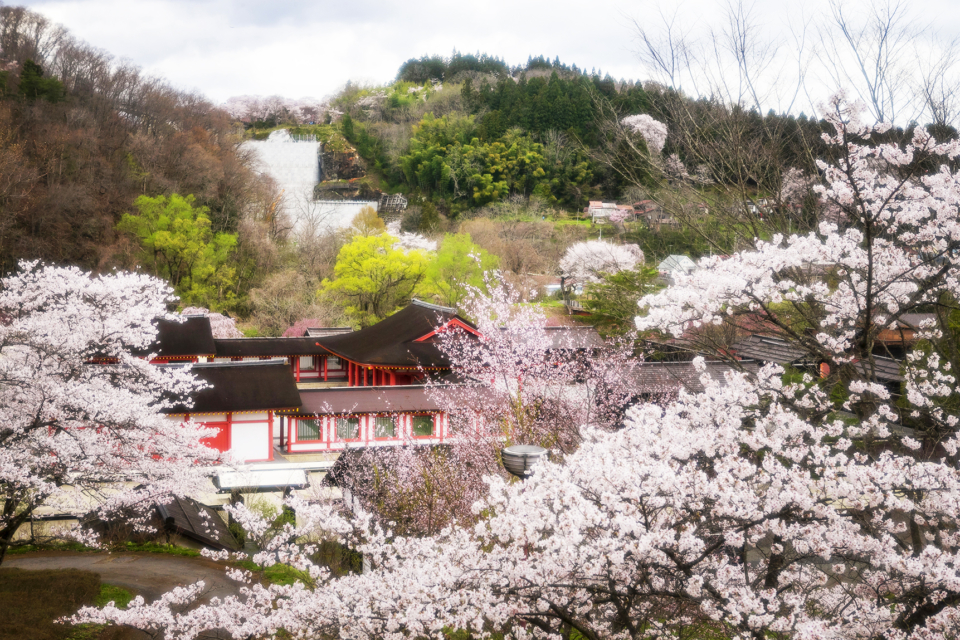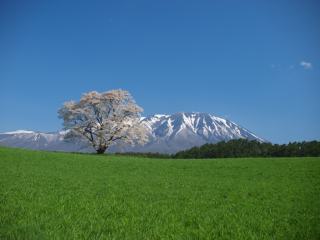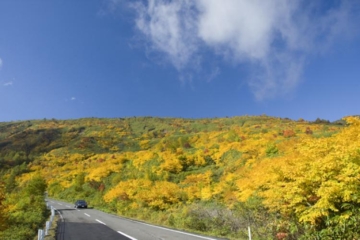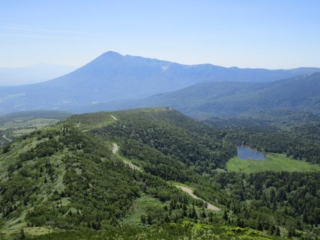MODEL COURSE
- Ichinoseki Station
- Iwate Prefectural Hiraizumi World Heritage Guidance Center
- Chusonji Temple [World Heritage Site]
- Takadate Gikeido
- Muryokoin Ruins [World Heritage Site]
- Motsuji Temple [World Heritage Site]
- Kanjizaio-in Temple Ruins [World Heritage Site]
- Ichinoseki hot spring village
- Geibikei Gorge
- Historical Park Esashi Fujiwara no Sato
- Mizusawa Esashi Station
Ichinoseki Station
 15 minutes
15 minutes
Iwate Prefectural Hiraizumi World Heritage Guidance Center
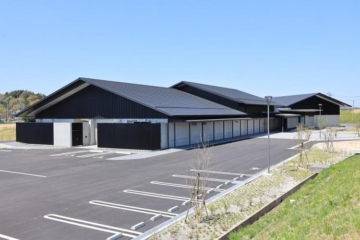
On November 20, 2021, a facility opened that will serve as a base for disseminating information about the value of Hiraizumi's cultural heritage both domestically and internationally. There is a corner introducing the Yanaginogosho Ruins, which is said to be the site of the Oshu Fujiwara clan's government office.
Detailed Destination Information 3 minutes
3 minutes
Chusonji Temple [World Heritage Site]
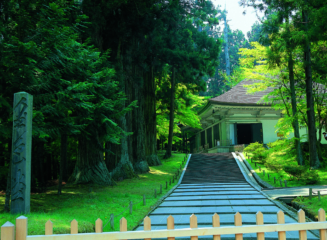
This is the main temple of the Tendai sect of Buddhism in the Tohoku region. The name of the mountain is Kanzan, and Jikaku Daishi is the founder of the temple.
In the early 12th century, Kiyohira, the first generation of the Oshu Fujiwara clan, built a number of pagodas, including a pagoda and a two-story hall.
The purpose was to comfort the souls of those who died in the long wars of the Former Nine Years' War and the Later Three Years' War, and to build a Buddhist land.
Although the pagodas were sadly destroyed by fire in the 14th century, the temple is still a treasure house of Heian art, containing over 3000 national treasures and important cultural properties, including Konjikido.
 2 minutes
2 minutes
Takadate Gikeido
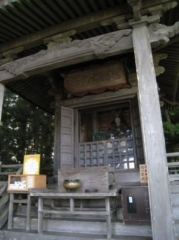
Takadachi is a hill located to the east of Chuson-ji Temple, and is also called Hangandate. Although it is now narrow due to erosion by the Kitakami River, this area has been considered a great strategic point since the Kiyohira era. At the top of Takadate is Yoshitsune Hall, which was built in 1683 by Sendai Date Tsunamura, and a statue of Yoshitsune is enshrined inside the hall. If you look at Takadate from the opposite bank of the Kitakami River, you will see Gikeido Hall on top of the hill surrounded by trees. It has an atmosphere as if Minamoto no Yoshitsune, the general of Hakko, is standing there.
Detailed Destination Information 2 minutes
2 minutes
Muryokoin Ruins [World Heritage Site]
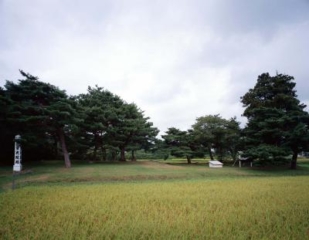
Muryoko-in Temple, built by the third generation Hidehira, is modeled after the Phoenix Hall at Uji Byodo-in Temple. Hidehira Temple was adjacent to the Garan Imperial Palace, where he lived. Most of the ruins have been turned into rice paddies, but the ruins of the pond, Nakajima, and temple foundation still remain. According to the results of the excavation survey conducted in 1952, it was a magnificent temple, with the axis of the temple running from east to west passing through the east gate, bridge, middle island, and bridge hall, and beyond which one could see Mt. Kinkeizan. It is known that
Detailed Destination Information 2 minutes
2 minutes
Motsuji Temple [World Heritage Site]
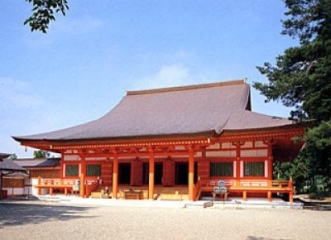
Motsu-ji Temple, a separate head temple of the Tendai sect, is called Iiozan (Mt. Iio) and was founded by the great priest Jikaku in 850.
In the late Heian period (794-1185), Motohira (the second Fujiwara lord of Oshu) and Hidehira (the third Fujiwara lord of Oshu) built a magnificent temple complex, including Kondo Enryu-ji and Kasho-ji.
Although the temple buildings of those days were regrettably destroyed by fire due to repeated disasters, the " Pure Land Garden" centering on Oizumigaike Pond and the remains of Heian-period temple buildings have been preserved in almost perfect condition and have been designated as both a Special Historic Site and a Special Place of Scenic Beauty by the national government.

Kanjizaio-in Temple Ruins [World Heritage Site]
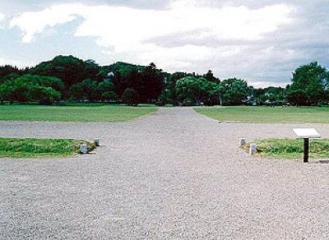
It is said that the Kanjizaioin Temple ruins adjacent to the east of Motsuji Temple were run by the second wife of Motohira. The temple area is 120m from east to west and 240m from north to south. The square garden pond (Maizuru-ga-ike) with rounded corners is dotted with rock formations made of piled up megaliths similar to rough seashores, a small Suhama beach, and a long central island running east to west. On the north bank is a plaza, towards which are the remains of the Great Amida-do Hall to the west and the remains of the Small Amida-do Hall to the east. On the east bank, there are also the ruins of the bell tower and the ruins said to be Fugendo.
Detailed Destination Information 13 minutes
13 minutes
Ichinoseki hot spring village

Ichinoseki Onsen Village has a variety of sizes and characteristics, ranging from hot springs that have been popular as hot springs since ancient times to hot springs that have sprung up in recent years. Surrounded by abundant hot water and rich nature, you can refresh your body and mind.
Detailed Destination Information
Geibikei Gorge

One of Japan's top 100 views.
It is an approximately 2 km long gorge created by the Satetsu River eroding limestone, with approximately 100 m cliffs rising on both banks.
The current is calm, and you can hear the boatman's song ``Geibi Oiwake'' as you go down the boat.
 40 minutes
40 minutes
Historical Park Esashi Fujiwara no Sato

奥州藤原氏の軌跡を辿り、みちのくの歴史と文化が体験できる、約20ヘクタールの広大な歴史テーマパーク。
厳密な時代考証に基づき、東北古代の城柵から藤原清衡の居館・豊田館をはじめ奥州藤原氏の政庁、秀衡の居館・伽羅御所、黄金文化の象徴である金色堂などを本格再現しました。大河ドラマをはじめ、数多くのテレビ番組や映画などのロケ地としても知られています。
また、郷土芸能「江刺鹿踊」の定期公演(4月下旬~11月中旬 毎週日曜日)も行っております。(1日2回公演 11:00、14:00)
 14 minutes
14 minutes
Mizusawa Esashi Station




